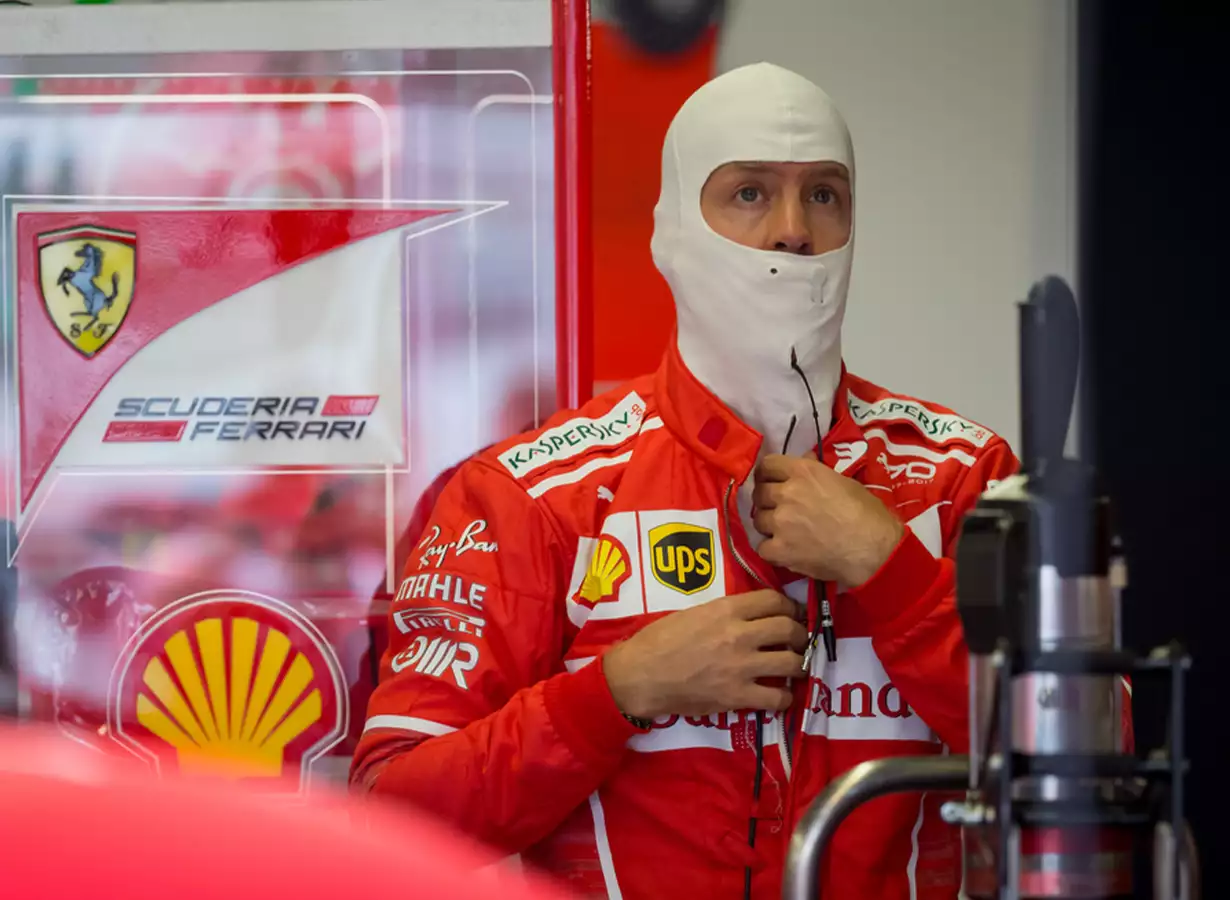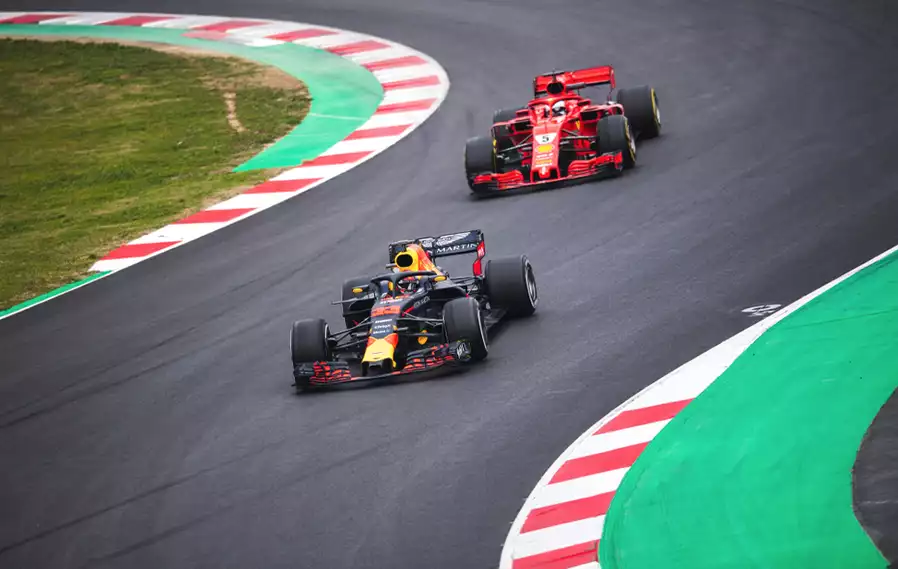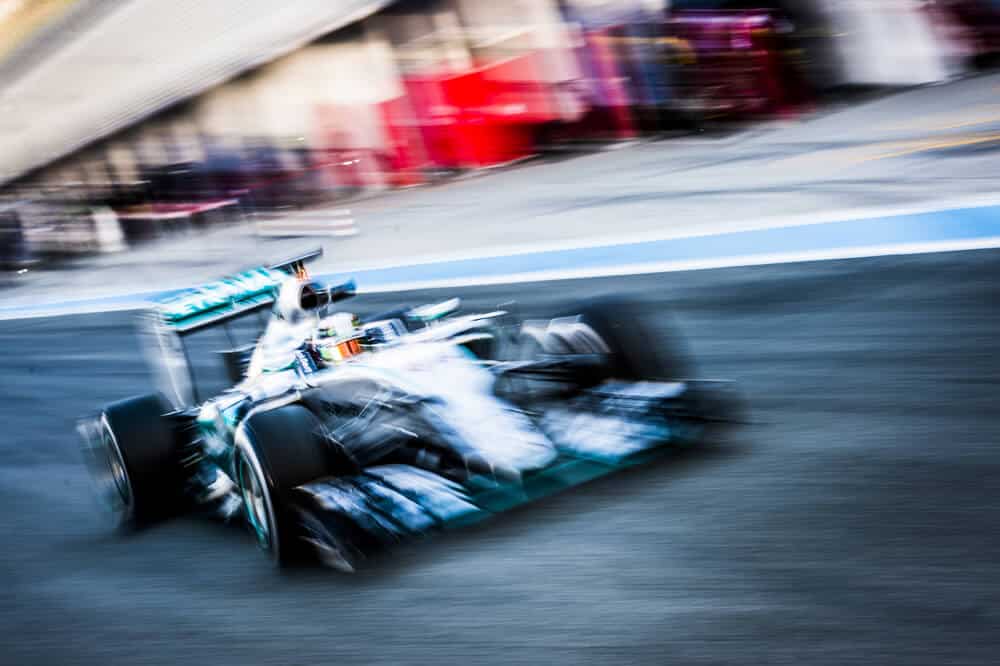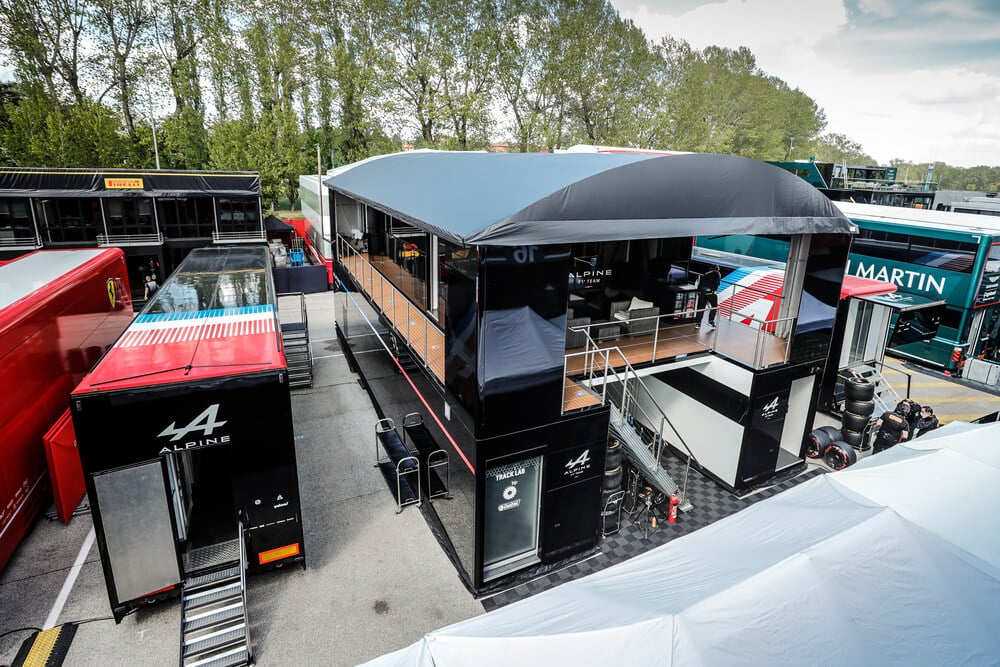This article discusses the importance and reliability of one such protective item, the balaclava.
The balaclava is one of the most important parts of Formula 1 drivers’ protection against fire.
The battle is fierce for the title of World Champion as these fast cars fight for a win in which a tenth of a second can make all the difference. Technologically advanced, the f1 motorcars can reach a top speed of 300kmph, so the need for cutting-edge safety measures is vital.
Since its origin in 1950, the f1 sports have come a long way in terms of safety. Numerous safety measures and protective gear were declared mandatory to avoid negative consequences during a Grand Prix weekend.
Let’s move on and learn more about what a balaclava is and how it works.
Table of Contents
Watch our video when we explain what a Balaclava is in F1.
What is a balaclava in F1?
A balaclava is an essential item in the F1 driver’s protective kit. Although it looks like a simple fabric headgear, it plays a crucial role in protecting the driver’s face in case of an accident that leads up to a fire.
The balaclava is worn under the helmet and covers the whole face and neck area, excluding the eye section.
Key takeaways
- The balaclava, fire-resistant in nature, is as significant as the driver’s helmet to ensure maximum safety precautions.
- The f1 sports is advanced enough to get the driver out of a burning car in a matter of seconds. But during the seconds spent inside the burning vehicle, the driver’s fireproof attire is what keeps him safe.
- Balaclava absorbs moisture from the driver’s face as it can get excruciatingly hot inside the car during a race. Sometimes, the temperature soars up to 50 degrees Celsius.
- It also protects the inner lining of the driver’s helmet by absorbing excess moisture. This way, the helmet is less prone to germs and sweat trapped inside the pads.
- Nomex is used to make balaclava. It is the same material used to manufacture other items in the driver’s wardrobe, including gloves, suits, socks, and underwear.
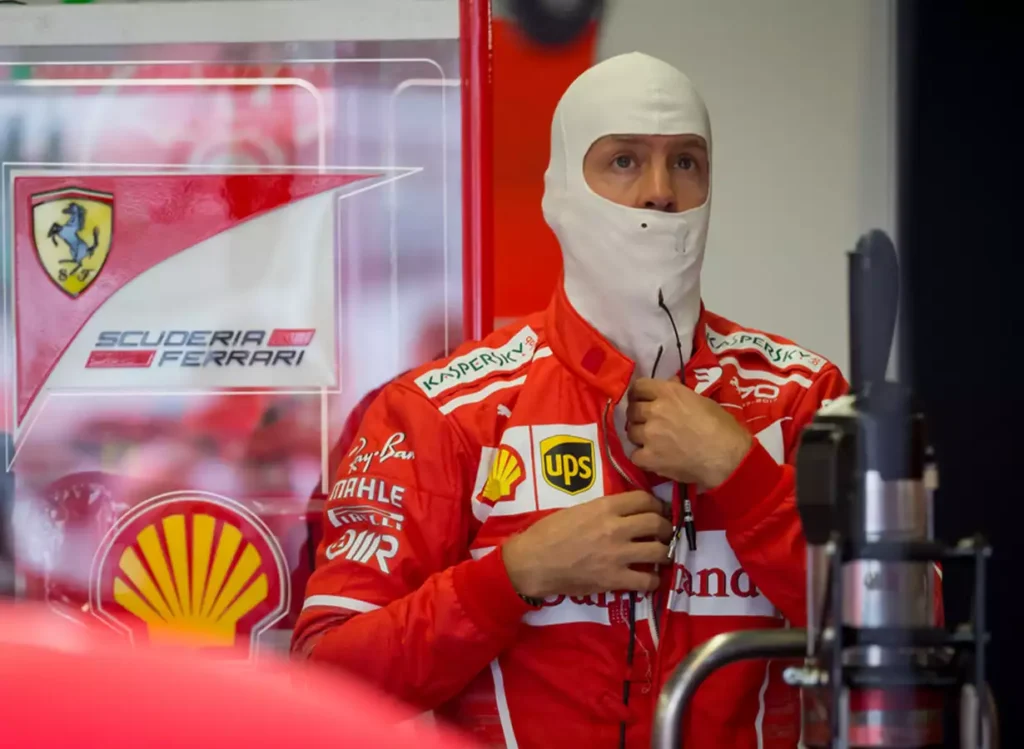
Photo showing a F1 driver wearing his balaclava.
Understanding balaclava
As with any safety item, the f1 balaclava is expected to conform to a certain standard. Therefore, it is designed with extreme durability and protection as the utmost priority.
Formula One is famous for its open-cockpit racing style. In this racing format, a driver’s head and neck are the most vulnerable body parts, fully exposed to any sort of outside impact.
The recent invention of Halo, a curved tungsten bar fixed right in front of the driver’s head, was applauded greatly in the f1 world.
It does an impeccable job at absorbing the high amount of G forces and protecting the driver’s head. However, it does very little to protect in case of a fire.
The driver did not encounter any life-threatening injuries. His face remained unaffected, thanks to the helmet and balaclava, but he suffered burns on both hands.
At the 2020 Bahrain Grand Prix, the Haas driver, Romain Grosjean, met with a horrific accident. He suffered a 67G impact and spent up to 27 seconds inside the ablaze car before being rescued by the marshals.
The driver did not encounter any life-threatening injuries. His face remained unaffected, thanks to the helmet and balaclava, but he suffered burns on both hands.
History Of Balaclava
The earliest use of balaclavas can be traced back to the 19th century. The British troops used to wear the balaclava in the event of war to keep themselves warm.
The item became popular, around the 70s, in the motorsports industry because of its property to resist fire.
The earliest forms of f1 balaclavas were known as fireproof scarves. They were essentially rear-tying scarves that could be rolled up to cover the nose and mouth.
The driver’s suit and other wearable items, such as the balaclava, are tested with open flames at about 400 degrees Celsius.
The Manufacturing Materials
The balaclava’s flame-resistant nature mainly comes from Nomex. Nomex is an inherently fireproof, high-temperature, lightweight fiber that does not melt, dip or support combustion in air. It can withstand a direct flame for 15 seconds.
The driver’s suit and other wearable items, such as the balaclava, are tested with open flames at about 400 degrees Celsius. The balaclava comprises two layers of Nomex to ensure maximum protection if the car catches fire.
Although the balaclava is worn over the face, it is best to term it fireproof attire and not facemasks.
Microphone And Radio
Effective communication between the driver and the pit wall is key to winning any race in f1. After all, formula one is a team sport.
The need for communication to be clear becomes all the more critical when the car is moving at a breakneck speed with a loud engine roar. Similar to several other components, the microphone and radio system in an f1 car is also intricately designed to perfection.
The drivers wear the earpieces and microphone inside the balaclava for the driver-pit radio. Some drivers also have their microphones woven into their balaclava with a plug, combined with their G meters wired with the lead plug near their navel.
Those who dislike the microphone near their lips choose to wear it outside the balaclava.
Those who dislike the microphone near their lips choose to wear it outside the balaclava.
Different types of balaclava
Double Eye Hole
The double-eye hole balaclavas were common in the olden time of motor racing. They covered the nose and every other part of the face and neck, except the eyes.
The opaque fabric with two large eye holes was designed to provide max protection.
Single Eye Hole
The single-eye hole balaclavas are a more modern and easy-going version of the traditional ones. The hole could be stitched to the nose bridge so that only the eyes stand revealed.
Or, it could be a larger one that exposes the nose and mouth and allows easier access to the drinking tube. It is for the driver to decide what suits his comfort the best.
A car that is said to have "aerodynamic balance" is one that is more stable in high-speed corners.
Frequently asked questions about balaclavas in Formula One
Why Do F1 Drivers Wear Balaclavas?
What Are F1 Balaclavas Made Of?
Are F1 Balaclavas Fireproof?
Conclusion
Each race fuels the teams to do better in the next. The drivers work on their strategies, race pace, and the fastest car wins. Although the present f1 sports have touched new heights of safety, an unfortunate crash while driving these cars is practically inevitable.
Therefore, protective gear like the balaclava and helmet is crucial for the driver’s protection. Over the years, these safety measures have successfully diminished the number of unfavorable outcomes in F1 races.
With the ongoing progress, it will not be wrong to expect that the dangers in F1 will completely evade in the upcoming time.
Article sources
Learn more about Formula One
Want to learn more about F1? Then visit our Formula 1 glossary and dictionary.

